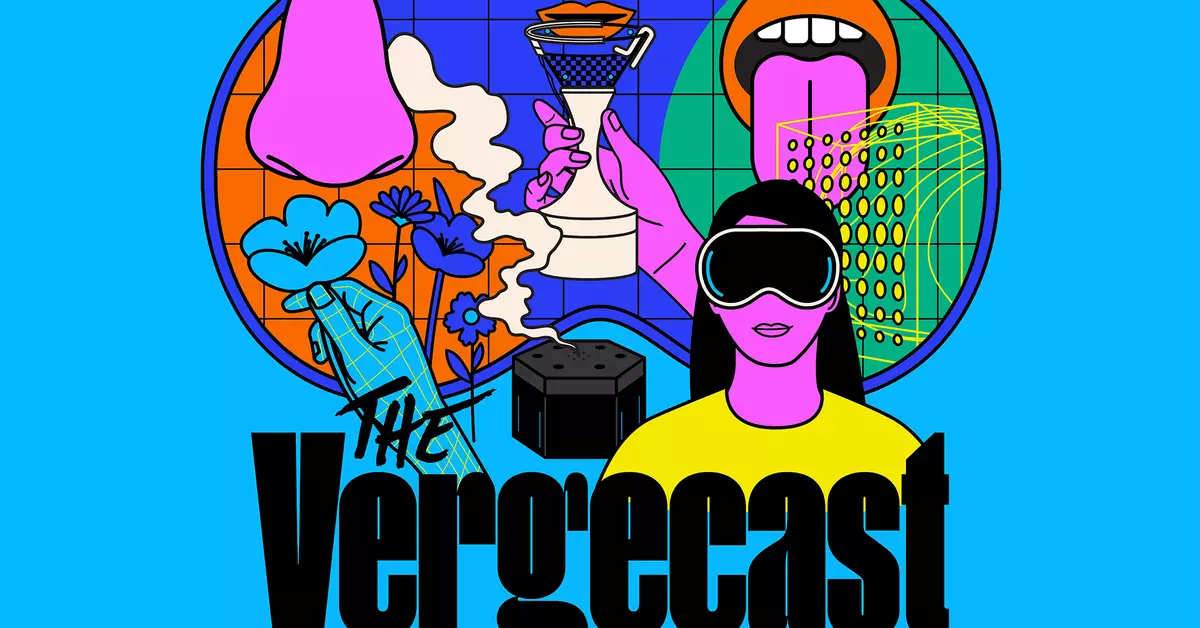In the ever-evolving world of technology and entertainment, the boundaries between reality and virtual reality continue to blur. As video games and movies become increasingly immersive, the quest for a truly multi-sensory experience intensifies. Imagine playing a racing game like Gran Turismo and actually being able to smell the burning rubber and engine exhaust. Or participating in a beer pong tournament in Horizon Worlds and tasting the hops with every throw. These are the tantalizing possibilities that are being explored in the realm of virtual sensory experiences.
One innovative product leading the charge in this sensory revolution is GameScent. This AI-powered scent machine is designed to synchronize with your gaming and movie-watching activities, enhancing the auditory and visual elements with complementary fragrances. By analyzing the sound design of the content you are engaging with, GameScent is able to release specific scents that correspond to the on-screen action. From the adrenaline-pumping races in Mario Kart to the serene landscapes of Animal Crossing, GameScent aims to elevate the virtual experience to new olfactory heights.
While smell is one component of the sensory experience, taste is often overlooked in the world of virtual reality. Nimesha Ranasinghe, an assistant professor at the University of Maine, is at the forefront of research into taste sensations and taste simulation in VR environments. Through his work, Ranasinghe has developed methods of sending electrical pulses to the tongue to manipulate taste perceptions, including salty, sweet, sour, and bitter notes. This groundbreaking research has even led to the creation of experimental devices like the “virtual cocktail,” which could potentially revolutionize how we experience flavors in digital form.
The implications of integrating smell and taste into video games are profound. By engaging multiple senses simultaneously, developers have the opportunity to create truly immersive and unforgettable gaming experiences. From enhancing storytelling and world-building to intensifying emotional connections with characters, the addition of smell and taste elements could open up a whole new realm of possibilities for game designers. Imagine embarking on a culinary adventure in a virtual world where the flavors are as vivid as the landscapes, or engaging in a tense shootout where the scent of gunpowder lingers in the air.
The future of virtual sensory experiences is a tantalizing prospect for gamers and entertainment enthusiasts alike. With innovations like GameScent and groundbreaking research into taste simulation, the boundaries of virtual reality are being pushed to new heights. As we continue to explore the possibilities of integrating smell and taste into video games, one thing is clear: the sensory revolution is just beginning, and the potential for truly transformative experiences is limitless.


Leave a Reply